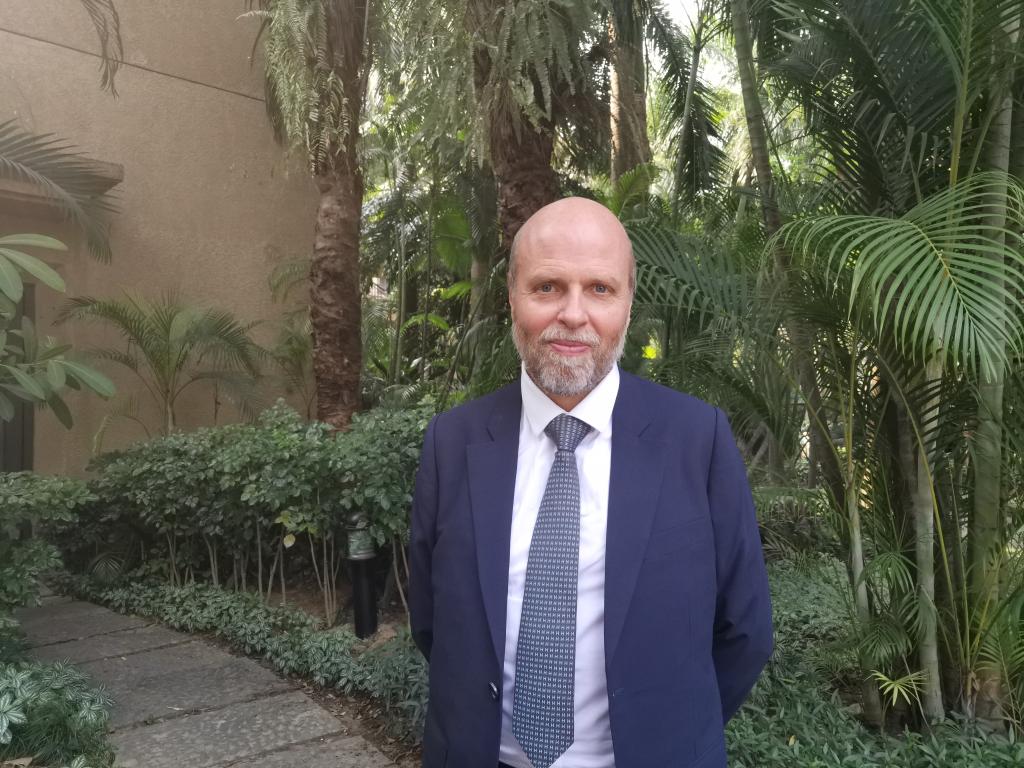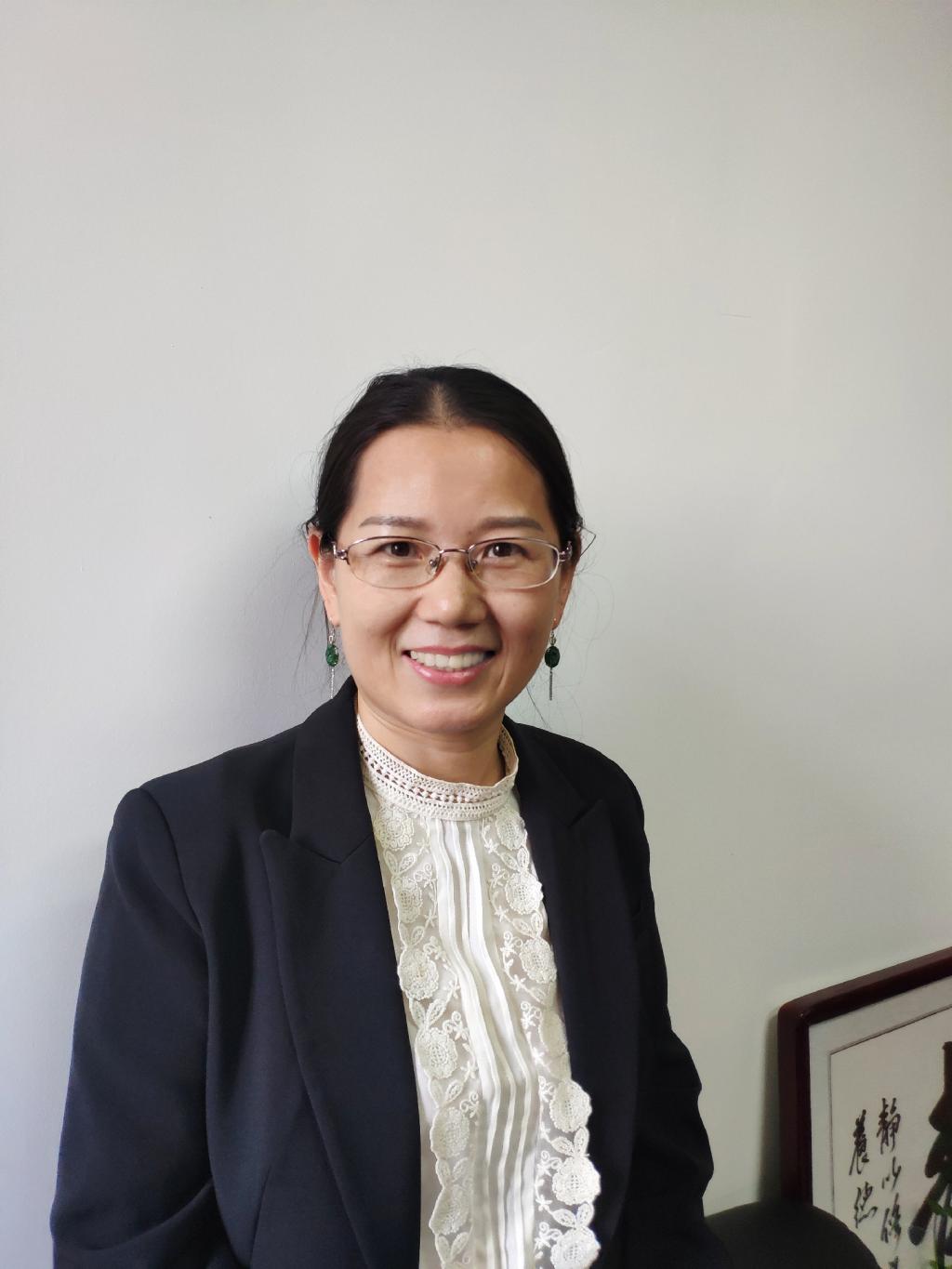Research
FERRANDON&LI Lab
Dominique Ferrandon-Zi Li Group
Introduction of Team Leader

Prof. Dominique Ferrandon
Dominique Ferrandon is a senior CNRS scientist and an adjunct Professor at SFHI. After studies at the Ecole Normale Supérieure in Paris, he performed his doctoral work on the developmental biology of Drosophila under the guidance of Prof. Christiane Nüsslein-Volhard (Tübingen, Germany). Having joined the CNRS Unit led by Prof. Jules Hoffmann in Strasbourg as a CNRS researcher, he made seminal discoveries through the genetic dissection of the Drosophila systemic and epithelial immune responses against bacterial and fungal infections. More recently, he has studied bacterial intestinal infections in Drosophila and also investigates host-pathogen interactions using bacterial and fungal pathogens. His work has regularly been published in prominent journals. He has been awarded several distinctions such as the CNRS Bronze Medal, the Grand Prix Mottart from the French Academy of Sciences, the Young Investigator Award from the Simone and Cino Del Duca Foundation, the Prix Lucien Tartois from the Fondation pour la Recherche Médicale. He has been elected a member of the European Molecular Biology Organization in 2010 and is a Foreign Expert of China’s 1,000 Talents Program.

Prof. Zi Li
Zi Li got her master and bachelor degree in clinical medicine (Seven-year program) at Nan Kai University in 1998 and defended her Ph.D. on the biology of pathogens at Sun Yat-Sen University in 2004. She got a postdoctoral position to work on Schistosoma mansoni infections in Prof. ERIC SAMUEL LOKER’s laboratory at the University of New Mexico and then in Prof. Yong Lin’s laboratory at Lovelace respiratory research institute, Albuquerque, New Mexico, to study the mechanisms of lung cancer metastasis during 2009-2011. She started her Drosophila-related research since her visiting Strasbourg university in Oct-Dec of 2013. She was appointed as a professor in immunology at Guangzhou Medical University in 2012 and has been an executive director of Sino-French Hoffmann Institute during 2013-2017. She has been focusing on how tissue transglutaminase, NLRP3 inflammasome activation are involved in liver fibrosis, lung cancer metastasis, and other inflammatory diseases. At present, she is working as a co-PI of Prof Ferrandon to investigate host defense against infections and the mechanisms of host-pathogen interactions in mammals, building up on the studies performed on the Drosophila melanogaster model.
Research interests
Study of host defense against infections and mechanisms of host-pathogen interactions in the genetic model organism Drosophila melanogaster and in mammalian
Selected publications
1) Franchet A, Niehus S, Caravello G, and Ferrandon D*. Phosphatidic acid as a limiting host metabolite for the proliferation of the microsporidium Tubulinosema ratisbonensis in Drosophila flies. Nature microbiology, 2019( 4):645–655.
2) Li ZY, Xiao L, Lin G, Tang J, Chen Y, Chen L, Li B, Wu M, Liu S, Huang C, Ferrandon D, Li Z.Contribution of tissue transglutaminase to the severity of hepatic fibrosis resulting from Schistosoma japonicum infection through the regulation of IL-33/ST2 expression.Parasit Vectors. 2019 Jun 14;12(1):302.
3) Haller S, Franchet A, Hakkim A, Chen J, Drenkard E, Yu S, Schirmeier S, Li Z, Martins N, Ausubel FM, Liégeois S, Ferrandon D*. Quorum-sensing regulator RhlR but not its autoinducer RhlI enables Pseudomonas to evade opsonization. EMBO Rep. 2018 May;19(5). pii: e44880.
4) Wen Z, Ji X, Tang J, Lin G, Xiao L, Liang C, Wang M, Su F, Ferrandon D, Li Z李孜*. Positive Feedback Regulation between Transglutaminase 2 and Toll-Like Receptor 4 Signaling in Hepatic Stellate Cells Correlates with Liver Fibrosis Post Schistosoma japonicum Infection. Front Immunol. 2017 Dec 13;8:1808.
5) Lee KZ, Lestradet M, Socha C, Schirmeier S, Schmitz A, Spenlé C, Lefebvre O, Keime C, Yamba WM, Bou Aoun R, Liegeois S, Schwab Y, Simon-Assmann P, Dalle F, Ferrandon D*. Enterocyte Purge and Rapid Recovery Is a Resilience Reaction of the Gut Epithelium to Pore-Forming Toxin Attack. Cell Host & Microbe. 2016 Dec 14;20(6):716-730.
6) Ferrandon D. The complementary facets of epithelial host defenses in the genetic model organism Drosophila melanogaster: from resistance to resilience. Curr Opin Immunol. 2013 Feb;25(1):59-70.
7) Limmer, S., Haller, S., Drenkard, E., Lee, J., Yu, S., Kocks, C., Ausubel, F. M., Ferrandon, D*. Pseudomonas aeruginosa quorum-sensing regulator RhlR is required to neutralize the cellular immune response in a Drosophila melanogaster oral infection model. Proc. Natl. Acad. Sci. (USA), 2011; 108, 17378-17383.
8) Li Z, Xu X, Bai L, Chen W, Lin Y. EGFR-mediated tTG overexpression couples acquired TRAIL-resistance and migration involving c-FLIP and MMP9 in NSCLC cells. J Biol Chem. 2011 Jun 17;286(24):21164-72.
9) Cronin, S.J., Nehme, N.T., Limmer, S., Liegeois, S., Pospisilik, J.A., Schramek, D., Leibbrandt, A., Simoes Rde, M., Gruber, S., Puc, U., Ebersberger, I., Zoranovic, T., Neely, G.G., von Haeseler, A., Ferrandon, D.*, and Penninger, J.M. Genome-wide RNAi screen identifies genes involved in intestinal pathogenic bacterial infection. Science, 2009; 325, 340-343.

